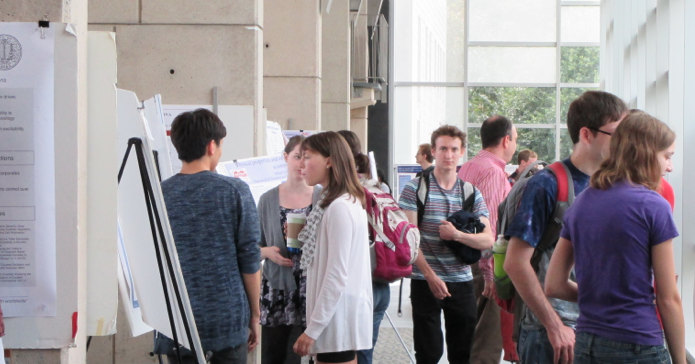Introduction
Walking through the poster session held every year in the Science Commons had me less intrigued about the numerous scientific endeavors that Swarthmore students had dedicated their entire summers to, but rather more interested in the archaic fashion with which valuable academic information was being disseminated and shared. The 2-D cardboards taped to the windows were more reminiscent of galleries in 20th century Paris than a forum for exchanging intellectual content in 21st century Academia. Students laboriously try to keep the attention and intrigue of the passing audience, while attempting to deliver a worthwhile representation of a content that is simply too rich and multifaceted for the thin cardboard to fully divulge.

These institutions of higher education and the students who populate these spaces are generally considered to be strong proponents of free information and open access. But it is often these institutions of liberal studies who themselves grip most tightly to the ship of status quot and the most reluctant to accept and adapt to change. Through this project created on the very platform I am exploring, I hope to evaluate the degree and elucidate the ways in which Academia, specifically American institutions of higher education, has taken advantage of the digital revolution to enhance the proliferation of free academic information and the impact it would have on publishing, technology, and the future of Academia.


Discussion of "Introduction"
Add your voice to this discussion.
Checking your signed in status ...